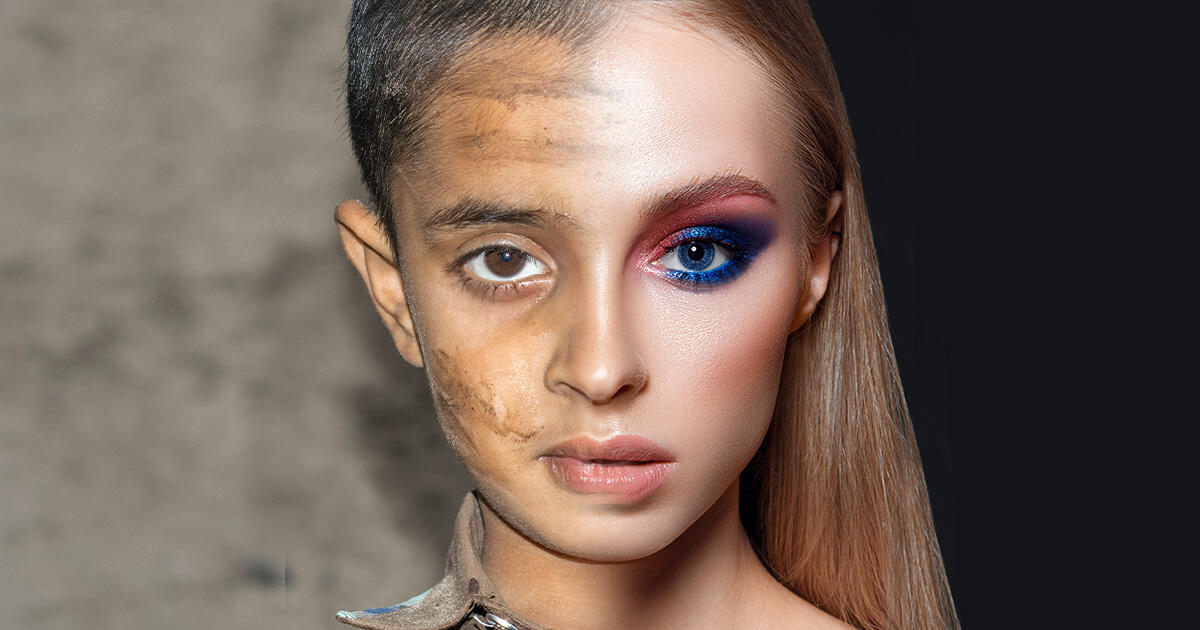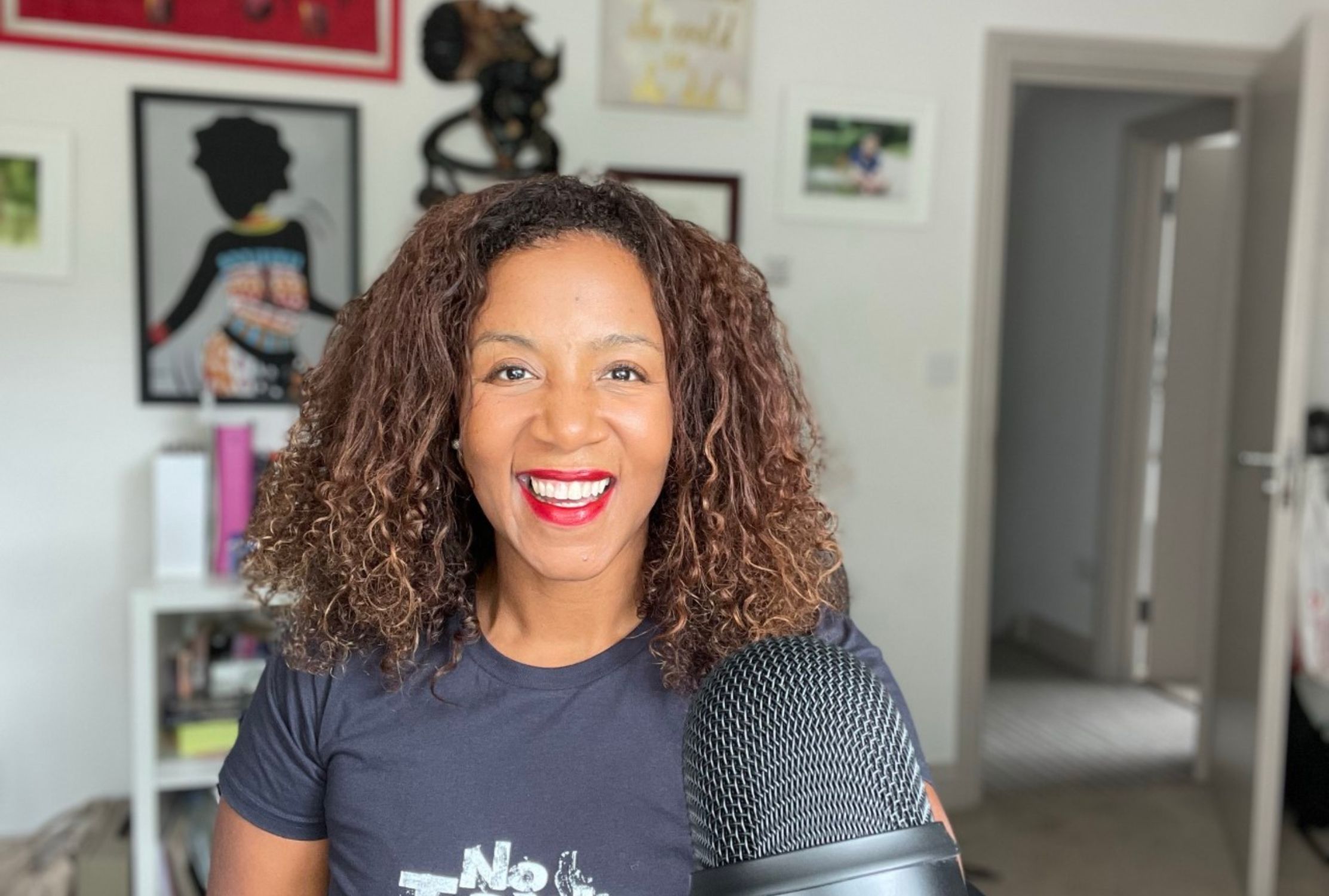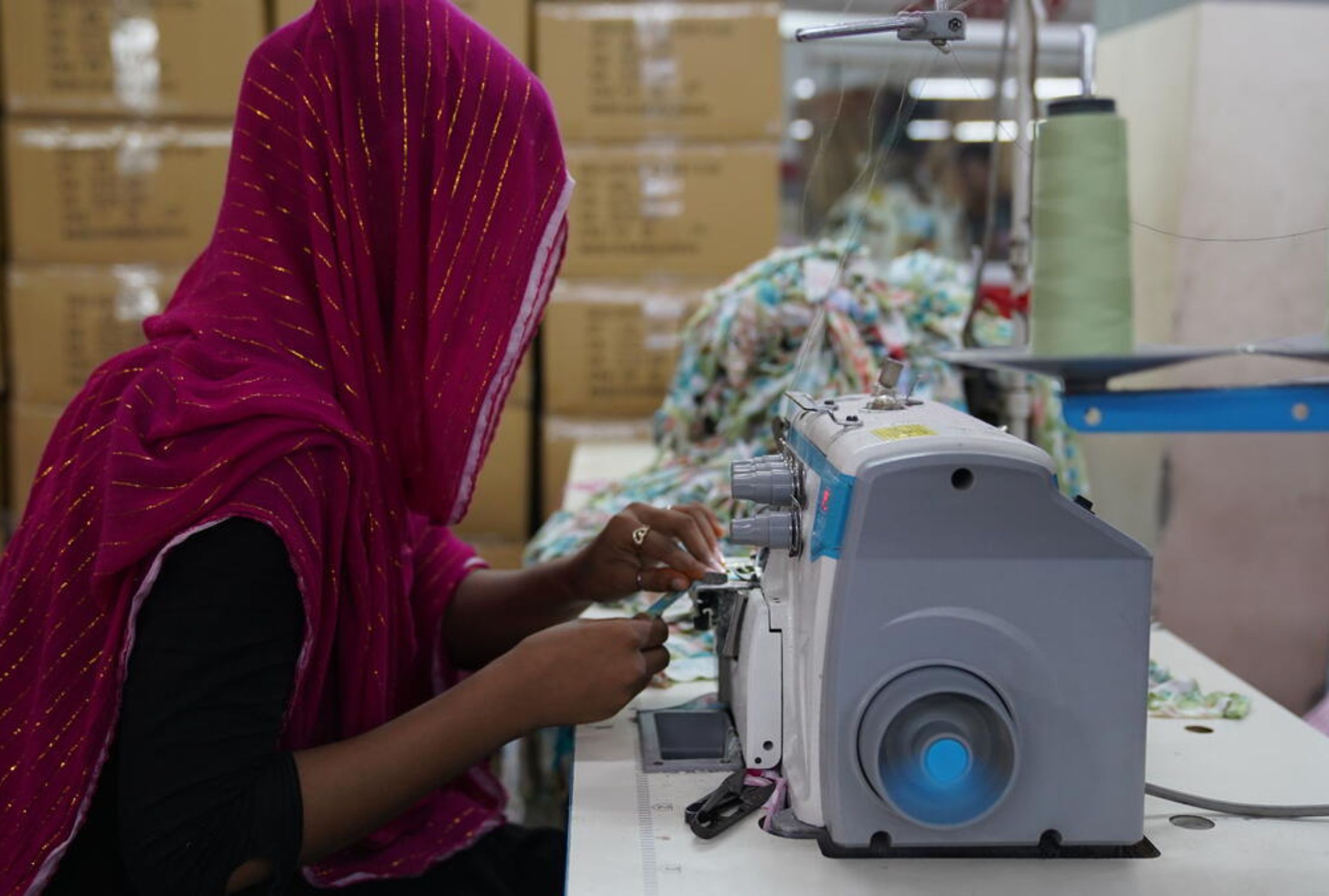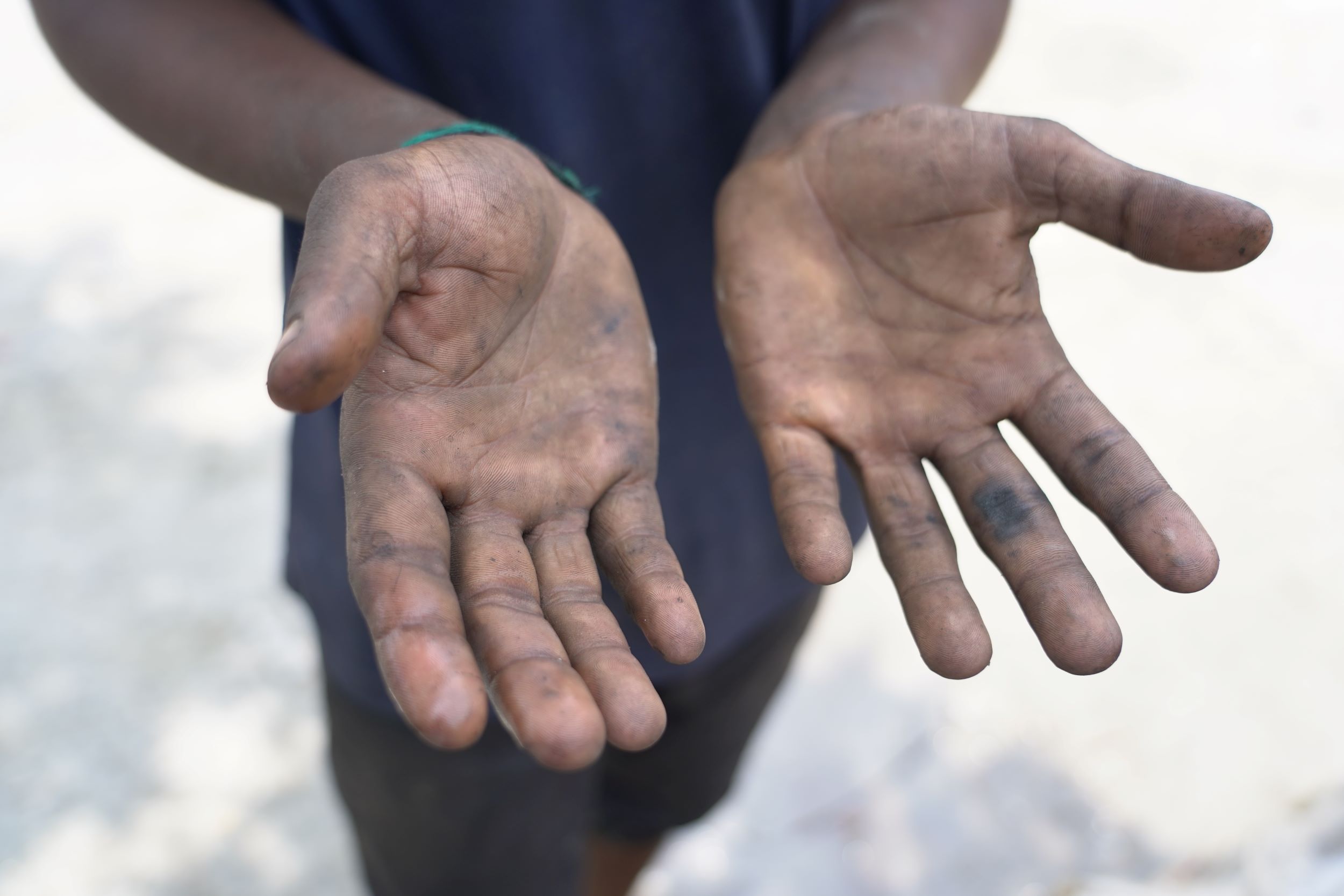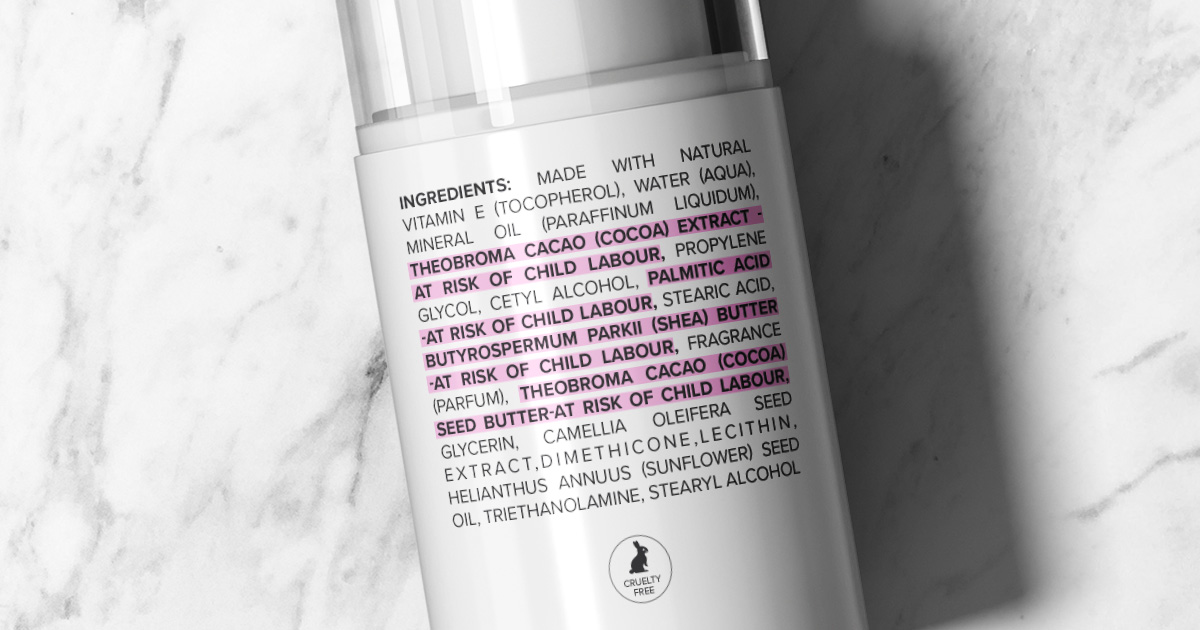
The hidden cost of beauty
Are we doing enough to protect children while we pursue a flawless look?
Across the globe we spend hundreds of billions of pounds on beauty products each year. The beauty industry just keeps on growing. And it bombards women especially with images of perfect, glowing skin or thick glossy hair that can only be achieved with a particular product.
There’s so much pressure to look good, but at what cost?
Many of us are diligent in choosing cruelty-free, ethically sourced products, but do we really know what that means and how it’s ensured? We don’t want animals to be harmed in the testing process. And we don’t want our products to harm the environment. But does that cover everything? Is it enough?
The answer is no.
An estimated 30% of ingredients found in cosmetics are derived from either mined or agricultural commodities. Ingredients like palm oil, cocoa, vanilla, shea, mica and copper.
With 112 million children – 70% of all child labourers – working in agriculture, there can be no doubt that children are involved in the farming of these products.
When it comes to mining, 25% of mica (which adds sparkle to products like eye shadow) is sourced in two Indian states where more than 22,000 children – some as young as five – work in small mines with family members.

The high price of beauty
A recently published World Vision report reveals that most glossy beauty products are likely to contain ingredients gathered by children in mines and on farms in low-income countries. This means that the ingredients used in our make-up, face and hair products have been procured from child labour.
After decades of progress, a joint report by the International Labour Organization and UNICEF reveals that the number of child labourers who work to support their family or who have been trafficked, forced, or coerced to work has been increasing since 2016.
With up to 26% of child labour linked to global export markets there can be no hiding from the truth. Children are being put at risk of injury or death, working long hours for low pay, missing out on their education, all so that we can look beautiful.
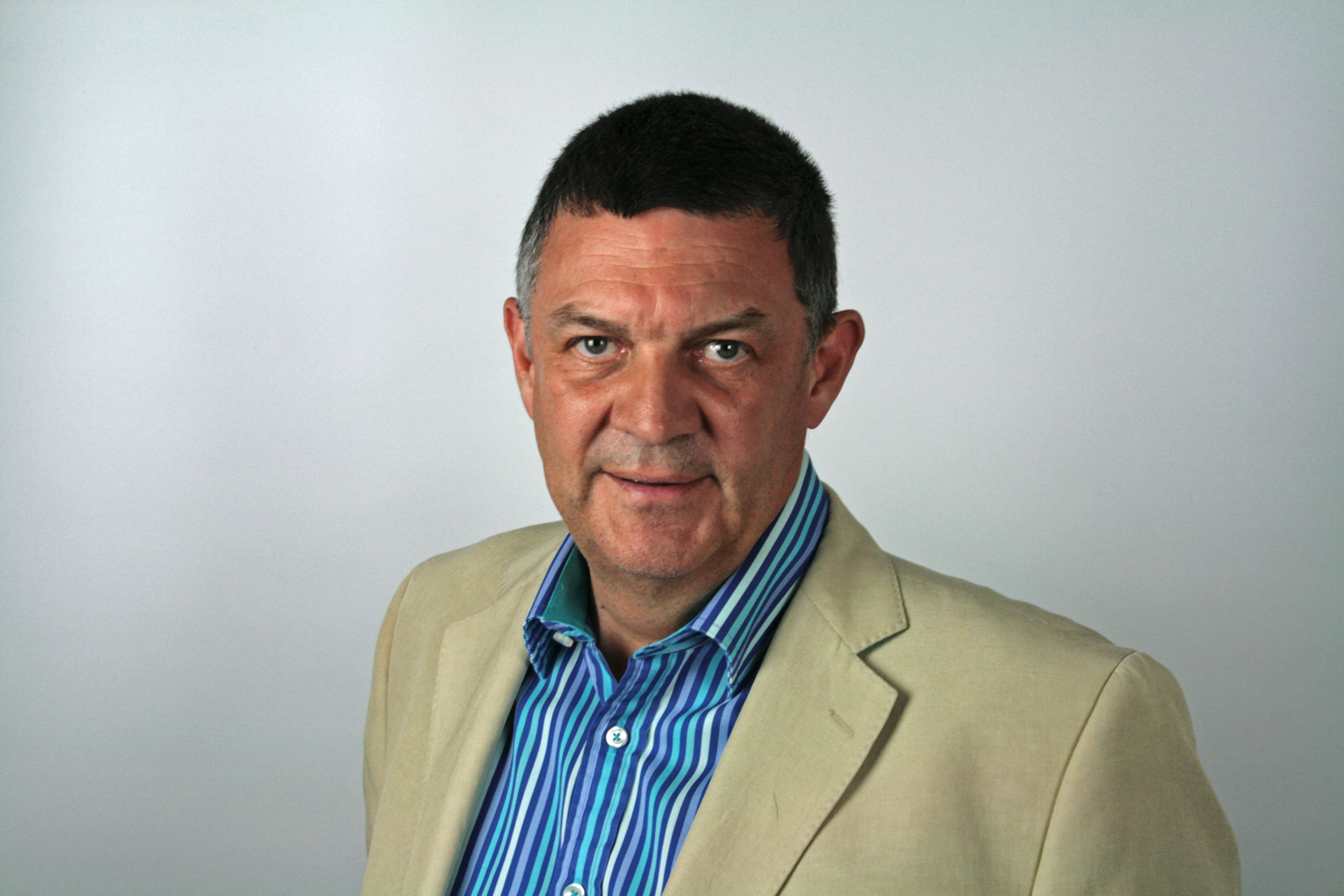
Mark Sheard
World Vision UK CEO
Time to act
Our report reviewed the policies of the seven largest beauty companies in 2018, and again in 2022. This investigation saw progress in documentation of supplier standards, training, availability of hotlines, and audits. However, the same period also saw massive increases in children working to gather ingredients used in cosmetics such as cocoa, copper, mica, and vanilla.
World Vision believes that cosmetics buyers are in a position to pressure companies to procure responsibly and thereby help address the root causes of child labour.
Mark Sheard, CEO of World Vision UK says:
“Improved supply chain legislation has helped improve the practices of companies on paper in recent years, but we’re still waiting to see that translate into change that can ultimately help eliminate child exploitation. Child labour levels are increasing. The price of profit is their future, and World Vision wants to change that – we believe that every child has a right to a happy and fulfilling childhood. We urge consumers to ask governments and the companies they buy cosmetics from to act, before another child misses out on an education, a childhood – or worse, their life – to mine or farm beauty product ingredients.”
What you can do
Find out more about how you can help reduce or end child labour and make the beauty industry truly cruelty free.

